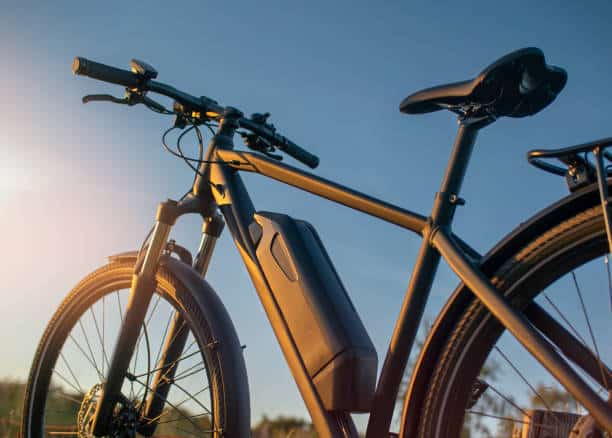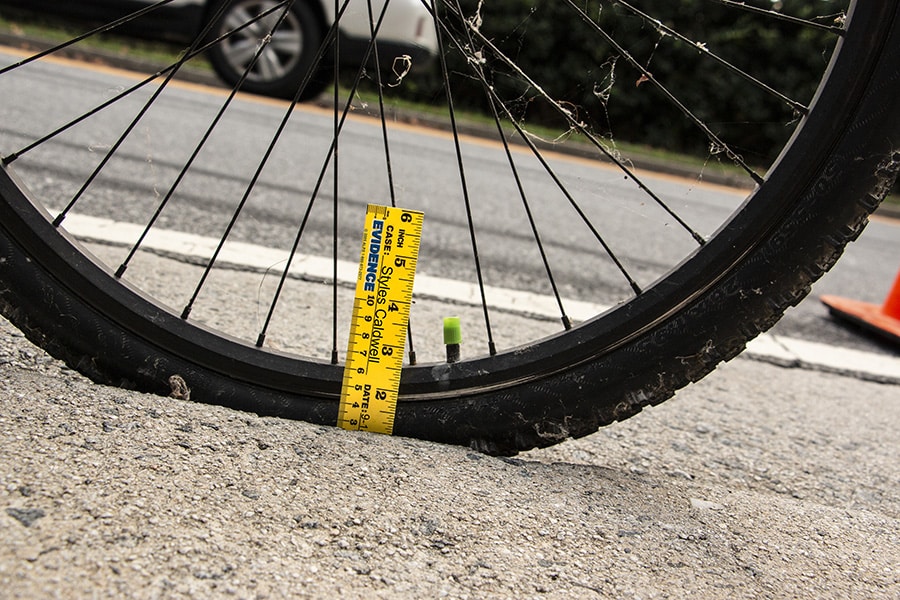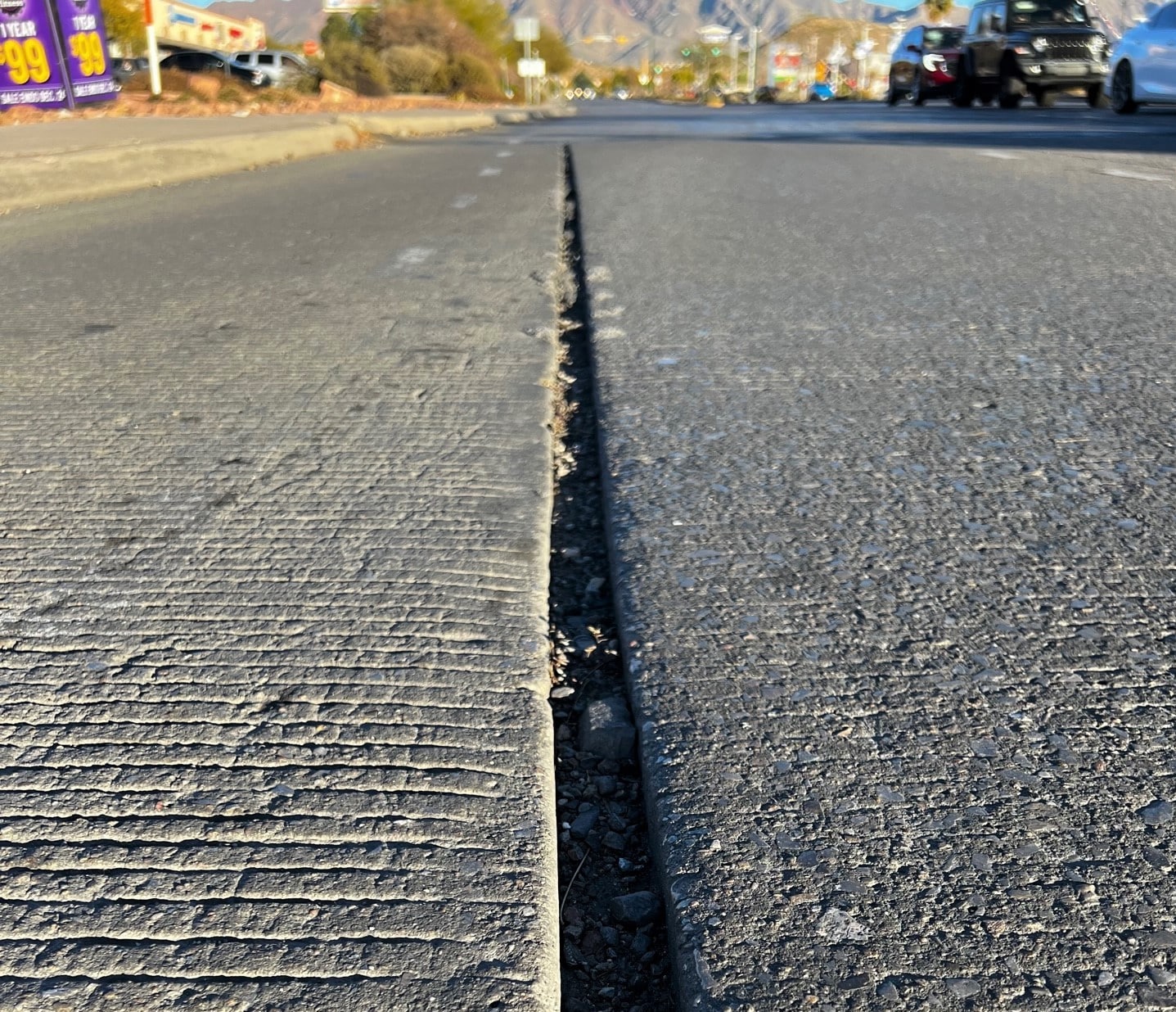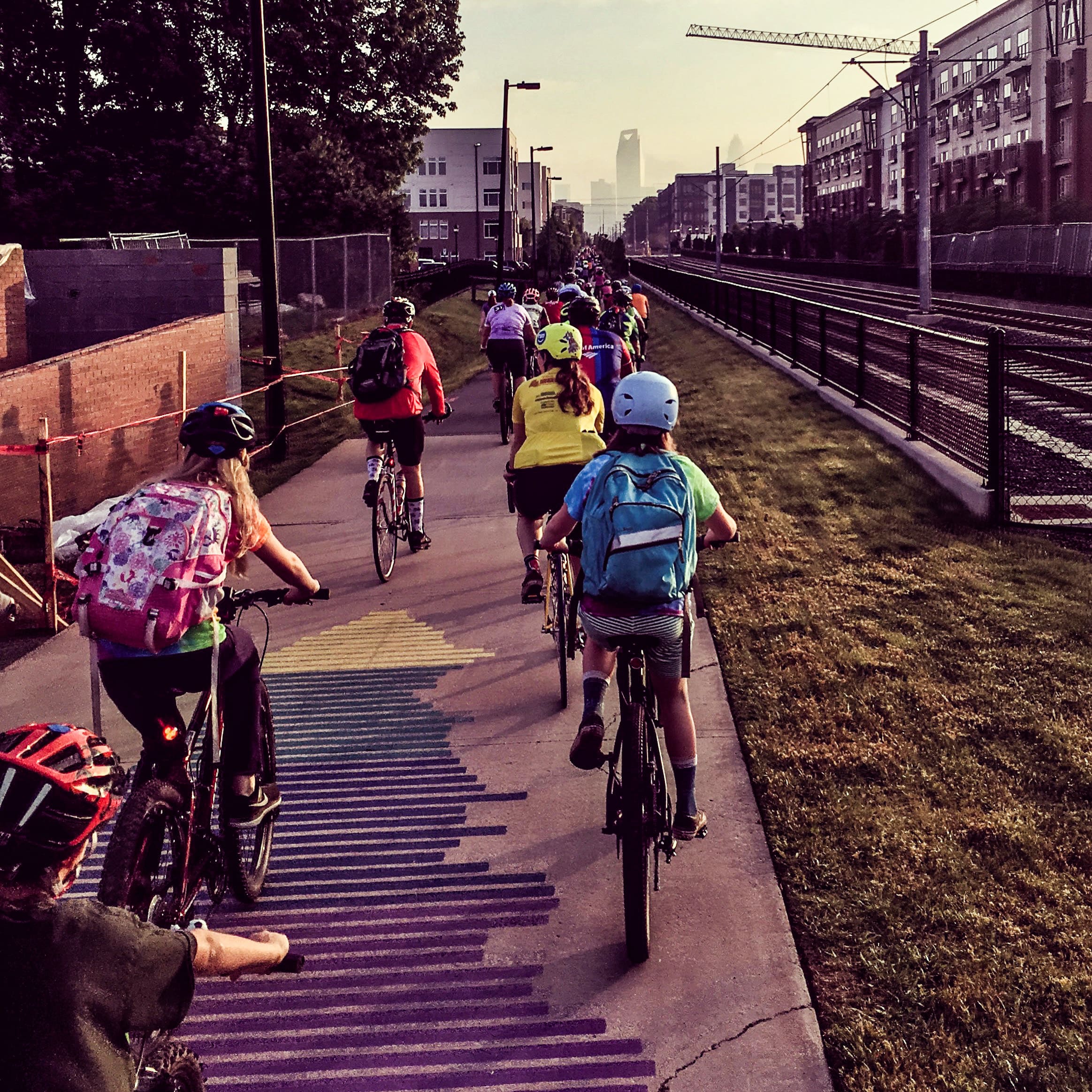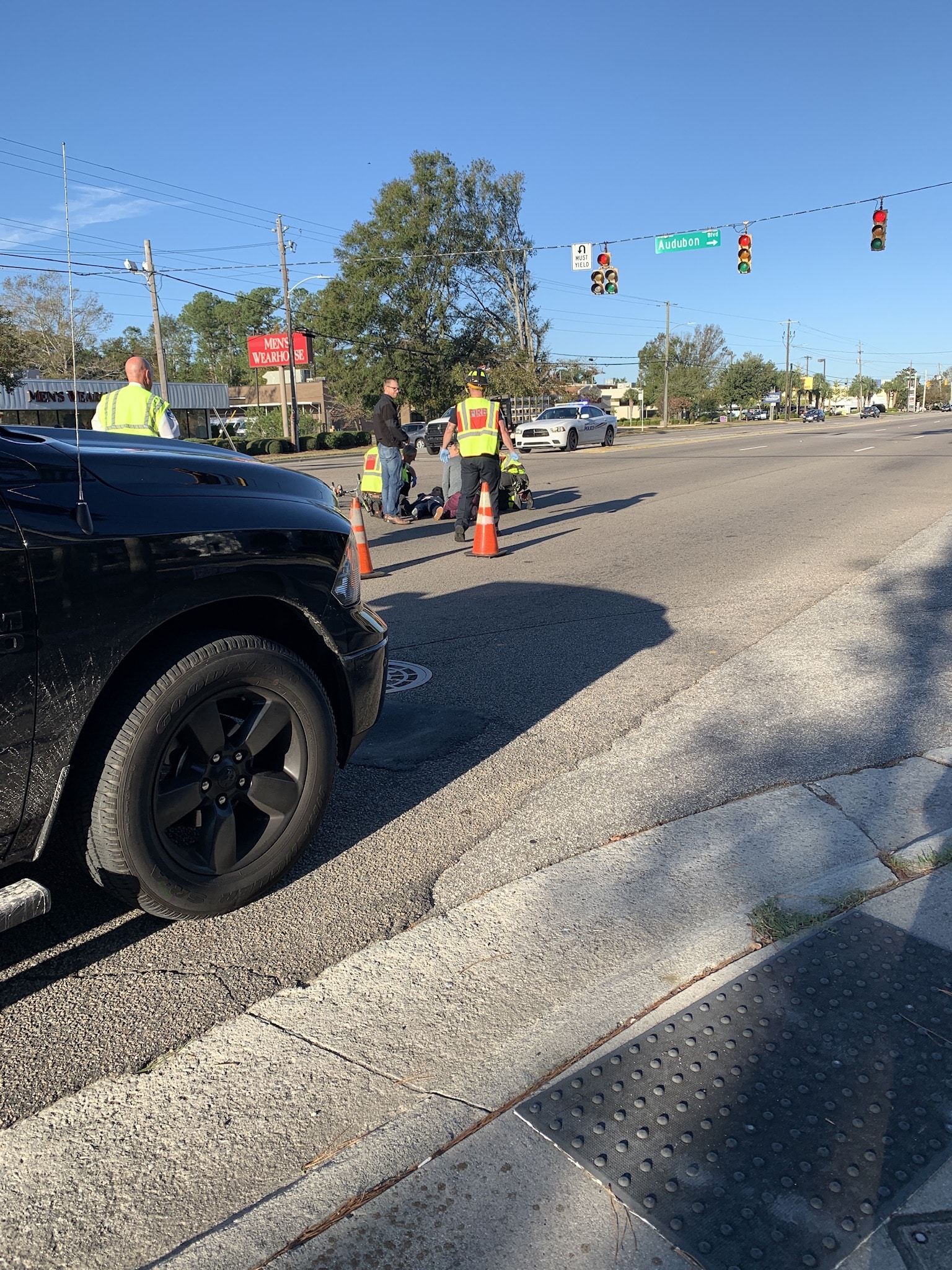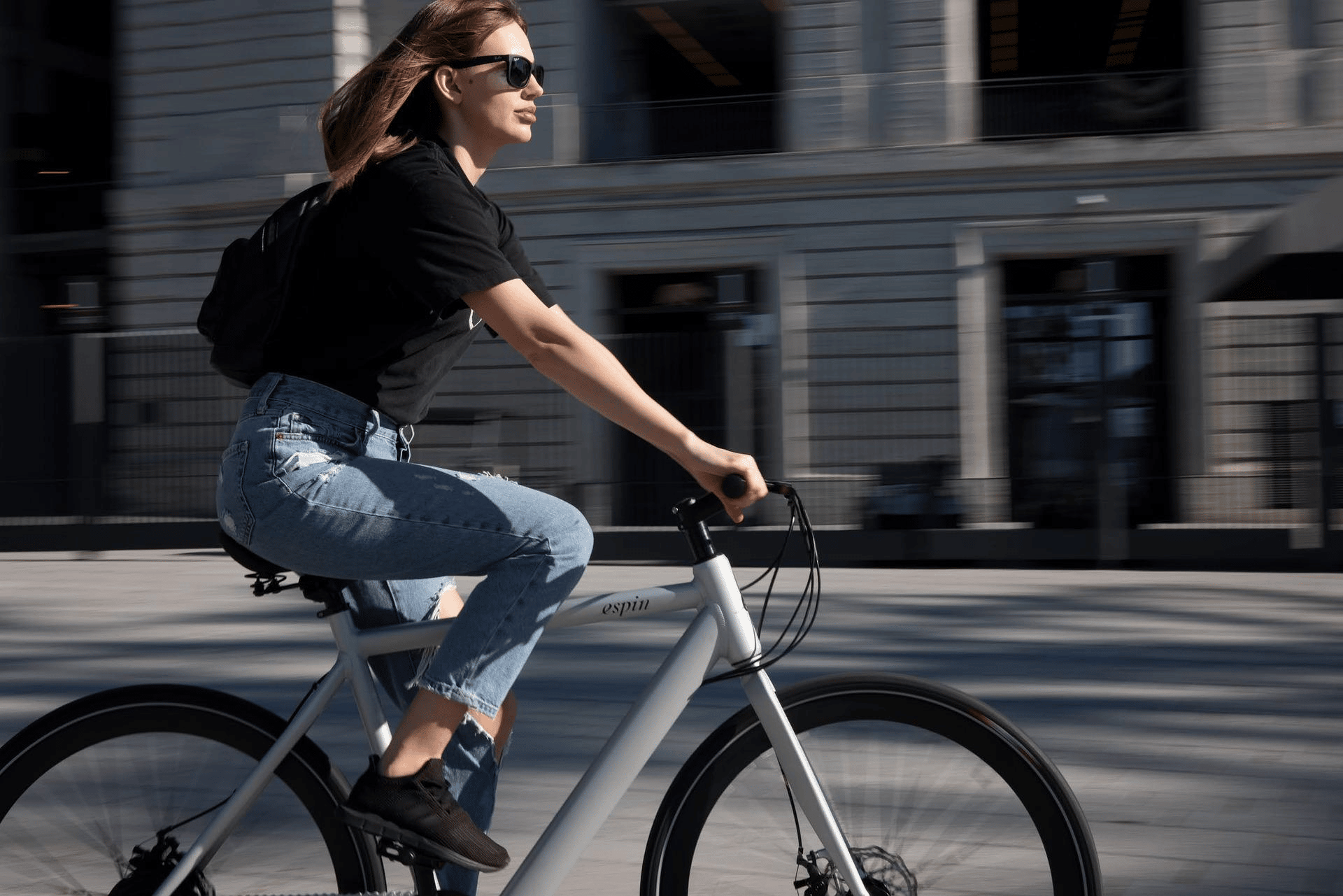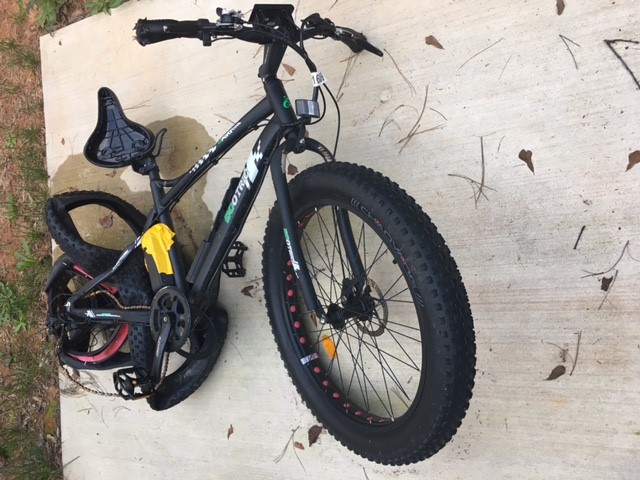Bike Law Ann on earning respect.
My social media feed is pretty much full with cycling news and race reports. So for the past several days, I’ve seen a lot of news and commentary on two cycling news events: (1) the Kentucky cyclist convicted of riding in the travel lane of a busy thoroughfare and (2) the New York cyclist colliding with, and critically injuring, a pedestrian in Central Park.
First let me say that it is difficult to get a full picture of anything from news reports. I’ve handled cases reported in the news. When I’ve read the story in the paper the next day about what happened in court, I sometimes barely recognize it as the same case. I’m not familiar with Jessamine County Kentucky and I have not ridden a bike there. I’m somewhat familiar with Central Park but I haven’t hired a crash reconstructionist to delve into the details of this event. So my opinions on these events are based on the possibly inaccurate version of events portrayed in the media.
That said, I think there is a theme which we can discuss intelligently in the context of both events: Responsibility.
Regarding the Kentucky cyclist, I have not yet heard an argument that would support her conviction. I’m not a Kentucky lawyer, or expert on Kentucky bike law. If I were to apply North Carolina law, however, her conviction should be overturned. Our law allows cyclists to ride on any road other than a fully restricted access highway or interstate; cyclists may use the full lane and the law does not prohibit cyclists from “impeding” traffic. Thank goodness.
The government in the Kentucky case has argued that the bicyclist was driving recklessly because she was causing cars to veer around her, thereby posing a danger to other traffic. This position is obviously motorist-centric; drivers have a duty to anticipate whatever may be in the road in front of them, whether it’s a vehicle turning into a driveway, someone switching lanes or slower moving traffic, like bicycles. If they cannot, they are driving too fast or following too closely.
The more holistic question, however, leaves me pondering. I’m not saying there’s another side. There may not be. Highway 27 in Jessamine County may be the safest, quickest route for this cyclist to take getting from A and B, and I support her right to take it. But with rights come responsibilities. I wonder whether the Kentucky road is similar to Capital Boulevard in Raleigh, or parts of South Boulevard or maybe Billy Graham Parkway in Charlotte. I know I would not likely choose any of these North Carolina roads for an extended distance during rush hour. Why would I? There are better roads that offer less interaction with cars and a much more pleasant ride. If I’m going to take a busy road, is it because it’s the best way for me to get to my destination, or is it just so I can assert my right to do so? If the latter, there are better, and more responsible, ways to fight this battle.
Regarding the New York tragedy, on the very foremost front of our responsibilities is the responsibility to ride safely and not cause injuries to others who are more vulnerable. We rightly demand this from motor vehicle drivers. We regularly pose the question to drivers: so you think I’m doing something stupid….and you’re going to kill me over it? Pedestrians should pay attention to where they are walking and they should obey the rules. On bicycles, we are much faster moving, and therefore, a much greater force, than a pedestrian. If we see a pedestrian not following the rules, it is our responsibility as a human being to try to avoid hitting them, even if they’re in our right of way. The failure of the New York cyclist to do caused a human tragedy and has many New Yorkers demanding strict restrictions on cyclists in the City.
As six time Olympic champion Chris Hoy tells other cyclists, “If you want respect you have to earn it.” There are battles that should be fought and rights we should demand. Let’s be sure to choose them wisely.
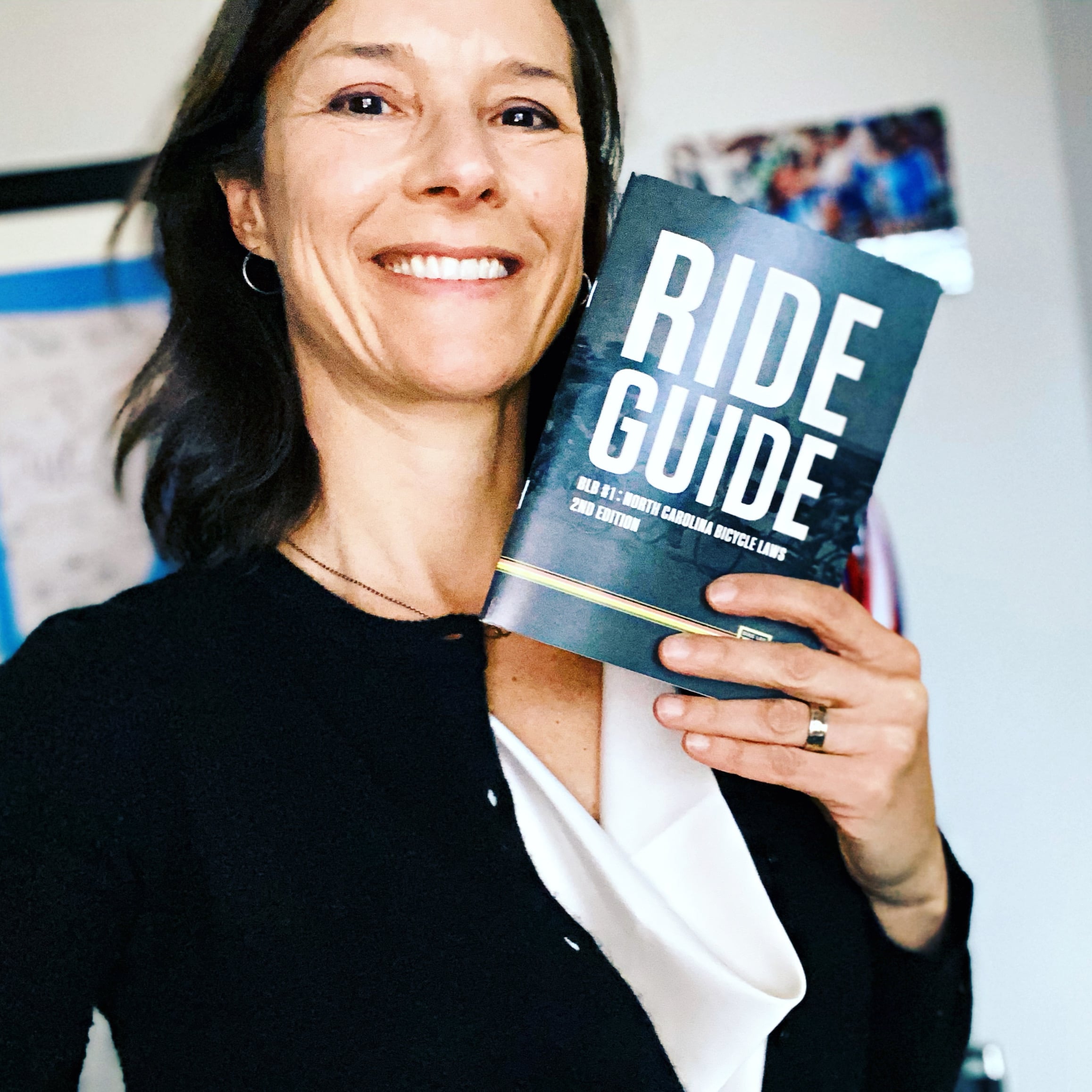
North Carolina lawyer and Bike Law founder, Ann Groninger, has advocated at the state level on behalf of bicyclists in North Carolina for over 15 years. Ann has offices in Charlotte and Durham and has helped bike accident clients in Asheville, Raleigh, Durham, Greenville, Wilmington, Fayetteville, and throughout the state. Read more about Ann on her bio page.




